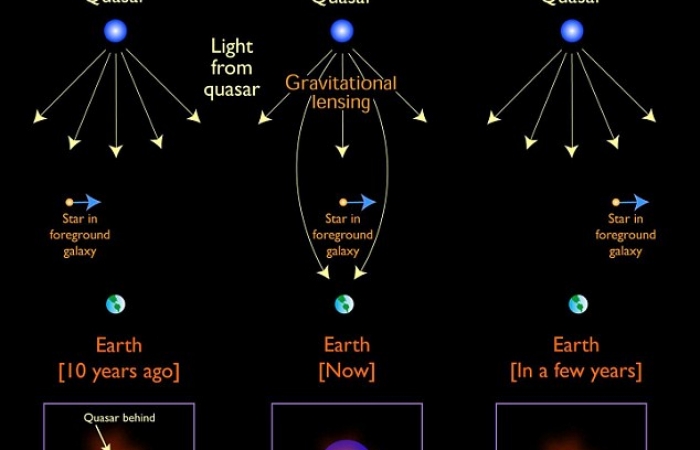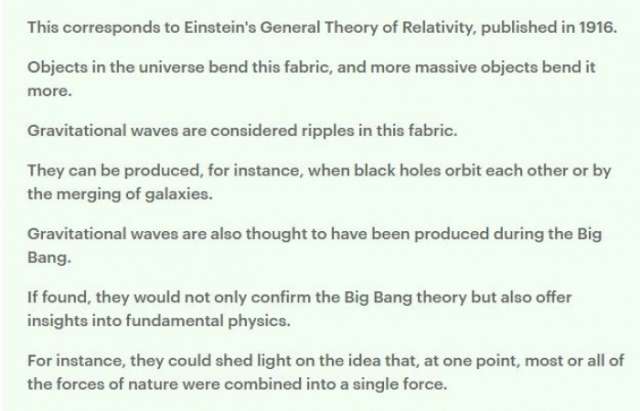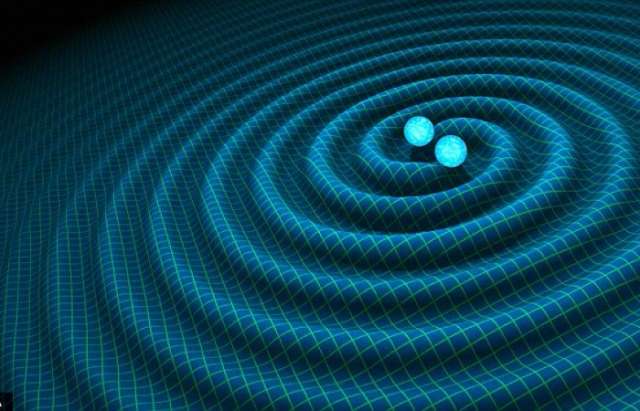But, new research now reveals it is ‘not at all probable’ that black holes of this kind account for a large amount of dark matter.

Instead, the study found that the black holes responsible for the gravitational waves detected by LIGO likely formed from the collapse of stars.
Primordial black holes would have originated in the earliest moments of the universe, and, unlike those which form from stars, could exist within a wide range of masses and abundances.
These would be found in the halos of galaxies.
If many were to exist in these locations, some would interfere with the light coming toward us from a distant quasar, causing its apparent brightness to increase in an effect known as ‘gravitational microlensing.’
This effect increases in relation to the mass of the black hole – so, if these black holes were more abundant, it would improve the probability of detecting it.
In the study, researchers from the Instituto de Astrofisica de Canarias (IAC) examined the microlensing effect on quasars to estimate the numbers of primordial black holes of intermediate mass.
But, this investigation revealed that normal stars – like the sun – can cause this effect as well.
The researchers used computer simulations to compare the rise in brightness, looking at both visible light and X-rays, for 24 distant quasars.
As expected with objects of a mass between .05 and .45 times that of the sun, they found that the effect is relatively low.
And, the effect is well below that of intermediate mass black holes.

They also found that these microlenses make up roughly 20 percent of a galaxy’s total mass, equivalent to the mass expected to be found in stars.
According to the researchers, this suggests that normal stars – not primordial intermediate mass black holes – are responsible for the observed microlensing.
‘This study implies that it is not at all probable that black holes with masses between 10 and 100 times the mass of the sun make up a significant fraction of the dark matter,’ said Evencio Mediavilla.
‘For that reason, the black holes whose merging was detected by LIGO were probably formed by the collapse of stars, and were not primordial black holes.’
More about: #blackholes
















































